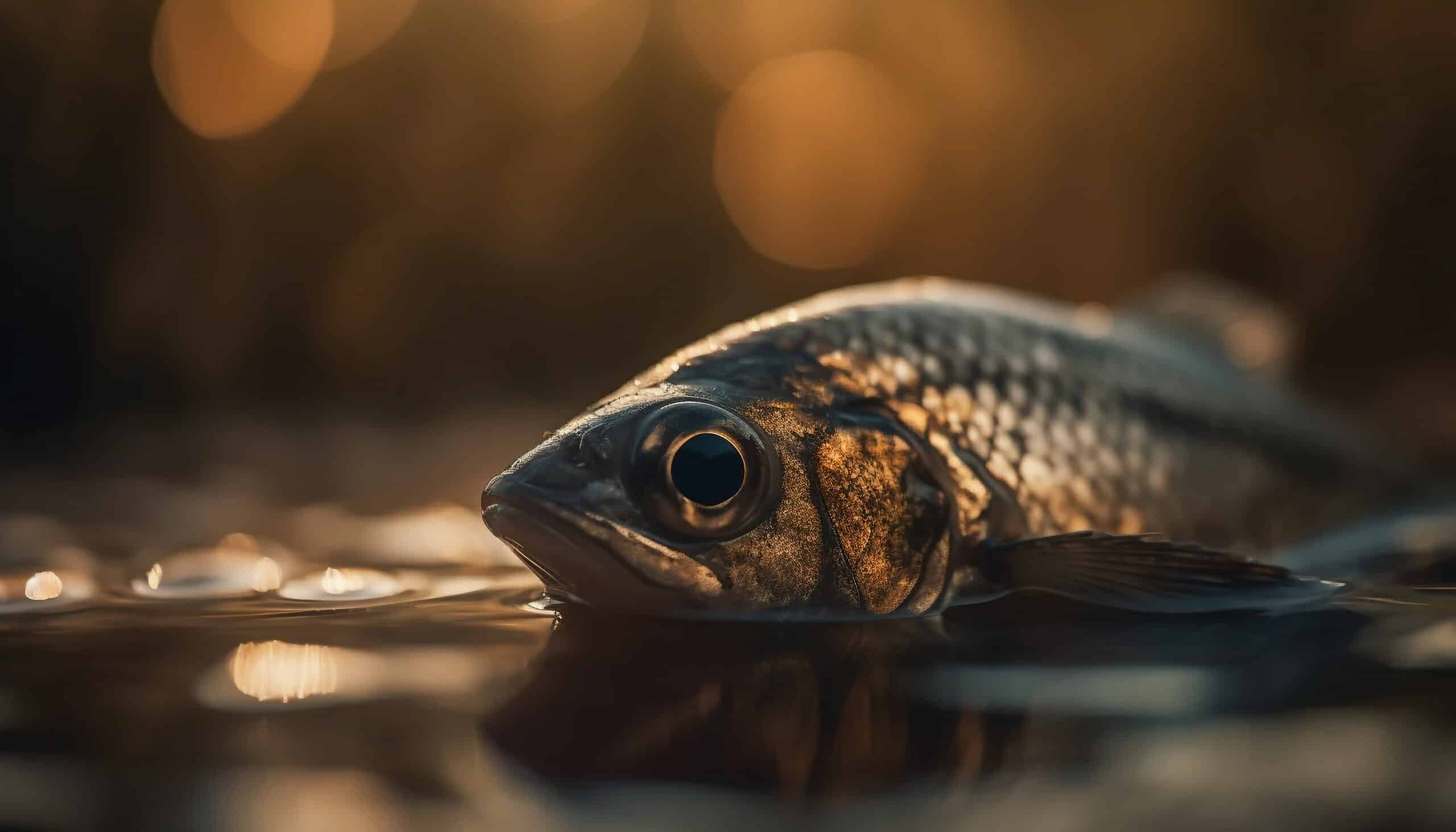How do Fish See Bait at Night?
Key Takeaways
- Fish have the ability to perceive light even in the dark due to specialized retinal cells called rod cells.
- Some species of fish, such as salmon and common carp, can detect and see infrared light, giving them an advantage in murky and low-light conditions.
- When fishing at night, using bait that incorporates white or silver hues increases the chances of attracting fish, as these colors are most visible to fish in the dark.
When it comes to fishing, understanding how fish perceive their environment is crucial. One common question among anglers is how fish are able to see bait at night. In this article, we will explore the fascinating world of fish vision and delve into the mechanisms that allow them to detect and respond to bait in low-light conditions.
Fish Vision in the Dark
Contrary to popular belief, fish have the ability to perceive light even in the dark. They owe this remarkable feat to specialized retinal cells called rod cells. These rod cells are highly sensitive to low levels of light and enable fish to effectively navigate and detect objects in dimly lit environments.
According to research published on BubbleFishTank.com, fish possess a higher number of rod cells in their retinas compared to humans. This abundance of rod cells allows fish to have superior night vision, surpassing that of humans. The increased rod cell density provides fish with high visual sensitivity, enabling them to spot even subtle movements in the water, including the presence of bait.
Moreover, some species of fish have an additional advantage when it comes to night vision. Salmon and common carp, for example, are capable of detecting and seeing infrared light. This remarkable ability allows them to see better in murky and low-light conditions, as mentioned in an article from BrainFacts.org. The ability to perceive infrared light gives these fish a significant advantage when searching for food, even in the darkest of waters.
Color Perception at Night
Understanding how fish perceive color is essential when selecting bait for night fishing. While humans rely on color vision during the day, fish have a different visual system that is better suited for their underwater environment.
According to an article on OutdoorDoer.com, the colors that are most visible to fish at night are white and silver. These colors stand out against the dark background, making them easier for fish to detect. Therefore, using bait that incorporates white or silver hues can increase the chances of attracting fish during nighttime fishing expeditions.
It is important to note that the perception of color by fish may vary between species. Factors such as water clarity and light conditions can also influence how fish perceive different colors. While white and silver are generally more visible to fish at night, it is always advisable to experiment with different bait colors to find what works best in specific fishing environments.
Enhanced Sensitivity in Low Light
In addition to their abundance of rod cells, fish possess another unique feature that enhances their vision in low-light conditions. Fish have a tapetum, a reflective layer in their eyes that improves their sensitivity to light, as stated on Wikipedia. This layer reflects light back through the retina, effectively giving the rod cells a second chance to detect and respond to incoming light. The tapetum acts like a mirror, increasing the efficiency of light capture and enabling fish to see even in extremely dark environments.
Conclusion
Fish have a remarkable ability to perceive light even in the dark, thanks to their specialized rod cells. Their high visual sensitivity and enhanced night vision, coupled with the reflective tapetum, allow them to effectively see and respond to bait in low-light conditions.
When fishing at night, it is important to consider the colors that are more visible to fish, such as white and silver. However, it is also worth experimenting with different bait colors to find what works best in specific fishing environments.
Related Websites:
FAQs:
Q: How do fish see in the dark?
Fish have adapted to low-light conditions by possessing specialized light receptors called rods, which allow them to perceive faint light. They also have a specialized layer called the tapetum lucidum that enhances their sensitivity to light. These adaptations enable fish to see bait and potential prey in the dark.
Q: What techniques can I use to attract fish during night fishing?
Anglers often use artificial lights, such as underwater fishing lights, to enhance the visibility of bait for fish. Additionally, using reflective or luminescent bait can increase its visibility in the dark. These techniques can help attract fish to your fishing spot.
Q: Do fish rely on senses other than vision to find prey at night?
Yes, fish rely on other senses such as their lateral lines, which help them detect movement and vibrations in the water. These sensory systems assist fish in identifying potential prey, including bait. Fish also use their sense of smell and, in some cases, electroreception to locate and identify food.
Q: Why is it important to understand fish vision and sensory systems for night fishing?
Understanding fish vision and sensory systems is crucial for night fishing success. By knowing how fish perceive bait in the dark and what senses they rely on, anglers can choose the right bait, use effective attracting techniques, and increase their chances of catching fish during nighttime fishing trips.
Q: What can I do to increase my chances of success when fishing at night?
To increase your chances of success when fishing at night, you can experiment with different bait types and techniques. Using artificial lights or underwater fishing lights to enhance bait visibility, using reflective or luminescent bait, and considering fish’s sense of smell and electroreception can all contribute to a more productive night fishing experience.






